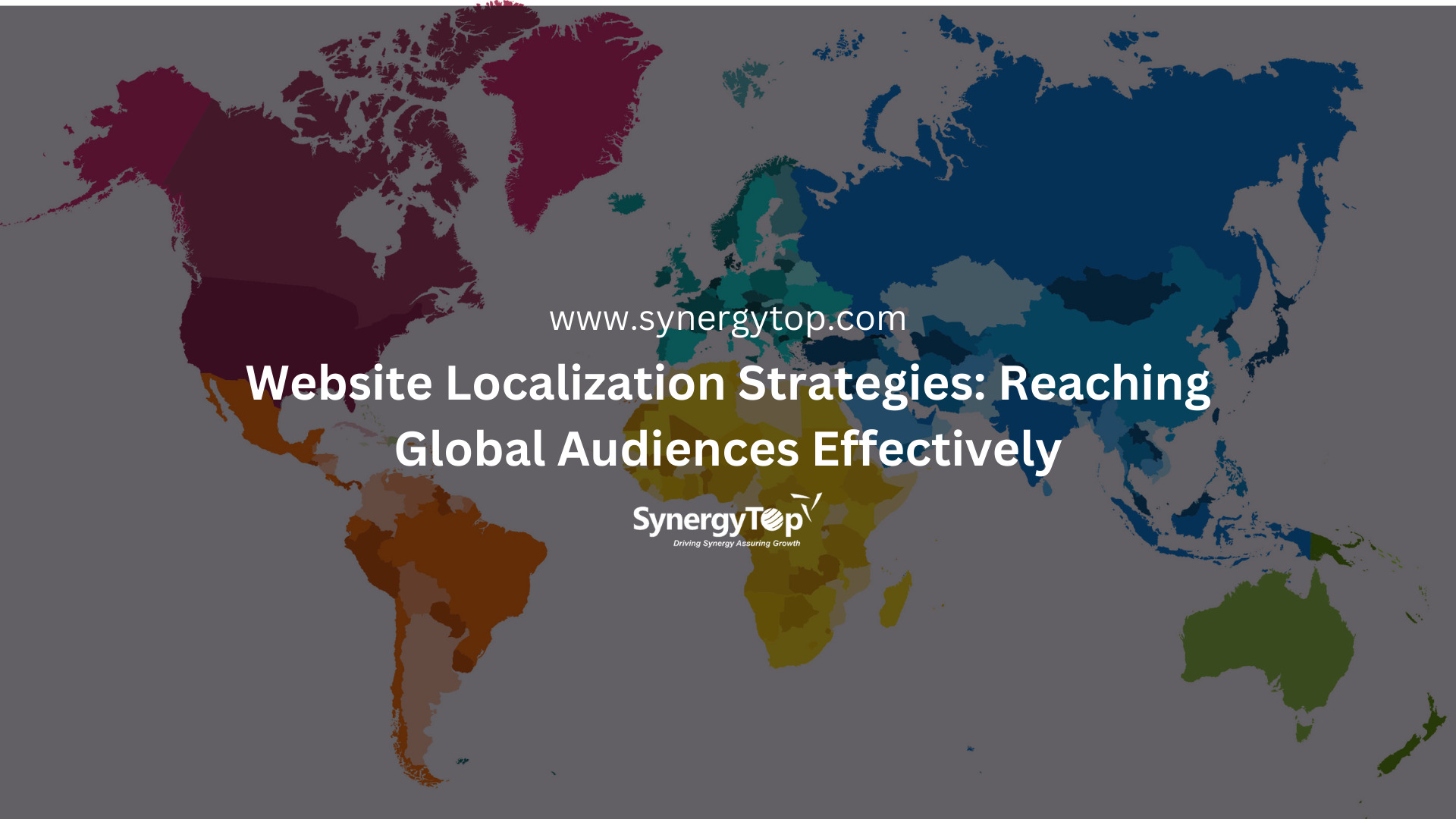Do you know how far Paris in France is from London in the United Kingdom?
214 miles (344 kilometers). However, thanks to rampant digitalization, the distance between these two cities has been virtually erased in terms of accessing French cuisine.
Take, for instance, the world-renowned French wine.
You can easily find a wide variety of French wines, including those from the Bordeaux region, in London.
This is possible due to the seamless integration of e-commerce and digital marketplaces.
Now this digital transformation is not limited to the the wine industry. Pretty much anyone can now reach a global audience without the need for physical distribution channels.
However, that doesn’t mean French winemakers can expect Londoners to navigate a website in French to get the wine.
That’s where website localization comes in. (Spoiler: It is more than just translation)
In this blog, we will walk you through:
- The importance of website localization.
- The top 10 strategies for website localization
Read on.
Whether you’re starting an online store, running a software company, or curating a content-rich blog, the whole world is your potential customer base.
But here’s the catch: To truly connect with international customers, it takes more than just translating your website.
You need something more profound—a strategy that transcends mere words and resonates with the diverse hearts and minds of your audience.
Why Website Localization Matters?
Picture this:
- You’ve worked tirelessly to craft the perfect online experience.
- Your products or content are top-notch.
- And your marketing game is on point.
But there’s a catch – your audience spans the globe. They speak different languages and embrace diverse cultures.
Speaking any one language will make the rest of your audience feel alienated.
Did you know that speaking your customers’ language can make three out of four of them prefer your website over others?
Yes, 75% of customers would prefer to buy a product/service from a website that is available in their language.
That’s one of the key reasons why website localization matters – Your customers want (and expect it!) But there’s more. Here are a few other reasons why website localization matters:
1. Crafting Seamless User Experiences
Your website’s like a virtual welcome mat, and everyone loves a personalized greeting. Localization turns your site into a user-friendly haven, effortlessly guiding visitors to what they seek. Remember, a frustrated user can be just one click away from your competition’s open arms.
2. Earning Trust and Credibility
Trust is the secret sauce of online success. When your website speaks your audience’s language, both literally and culturally, trust blooms naturally. Users are more inclined to engage with a website that respects their language and cultural sensibilities.
3. Driving Conversion Surge
Localization isn’t just about winning hearts; it’s about boosting your profits. A website that resonates with users on a personal level has the power to turn casual visitors into devoted customers. Whether it’s signing up for newsletters, making purchases, or filling out contact forms, localization can turbocharge your conversion rates.
4. Scaling SEO Heights
Securing a top spot on search engine results is a digital gold medal. Localization can be your SEO secret weapon. By optimizing for local keywords and phrases, you can catapult your website’s visibility in regional searches, attracting a flood of organic traffic.
5. Navigating Cultural Terrain
In the global marketplace, avoiding cultural missteps is paramount. Localization showcases your respect for local customs and values, safeguarding your brand’s reputation. It ensures you don’t unintentionally alienate potential customers, steering you clear of costly blunders.
Now that we’ve established why website localization is crucial, let’s delve into ten practical strategies to make it happen effectively.
10 Strategies for Website Localization
Below, we will discuss the top 10 website localization strategies, including:
1. Cultural Immersion Zone
Your website can’t stand out if it is just a store or information hub. It has to be a journey through the heart of your audience, connecting with them on a deeper level.
Just like Airbnb did when they expanded to Japan.
They didn’t just translate their listings; they incorporated elements of Japanese hospitality (omotenashi).
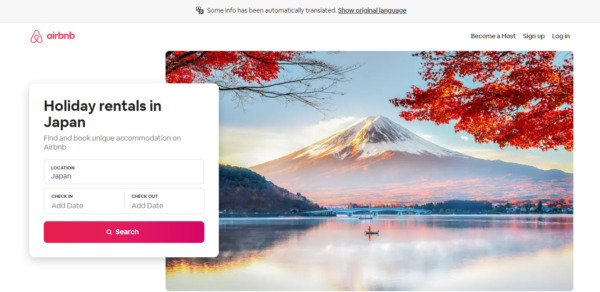
They offered traditional tea sets and futons and provided local tips for guests. This cultural immersion approach helped them stand out.
So it is best that you collaborate with local experts or hire a cultural consultant to ensure your immersion is authentic. And respectful of the culture you’re targeting.
2. Hyper-Localized Content Hubs
You don’t have to do away with your entire website to target a specific audience. Instead, you can create special sections for different regions.
A good offline example is that of McDonald’s tailoring its menus to regional tastes.
In India, for example, they offer the McAloo Tikki burger to cater to vegetarian preferences.
These localized content hubs can feature local news, events, and trends, while still highlighting your products or services. Like you can create a specific section for kimonos on your fashion eCommerce website for your Japanese audience.
Important: Use data analytics to understand what resonates with each audience, and update your content hubs accordingly.
3. Native-Speaker Reviews
Authentic user-generated content in their language not only builds trust but also provides valuable insights.
If you’re selling electronics in Spain, Spanish-language reviews from local customers can provide insights that matter most to your Spanish-speaking audience.
Google understands it well and even aces this localization strategy.
That’s why it allows users to read reviews in the local language, while also offering English translations.
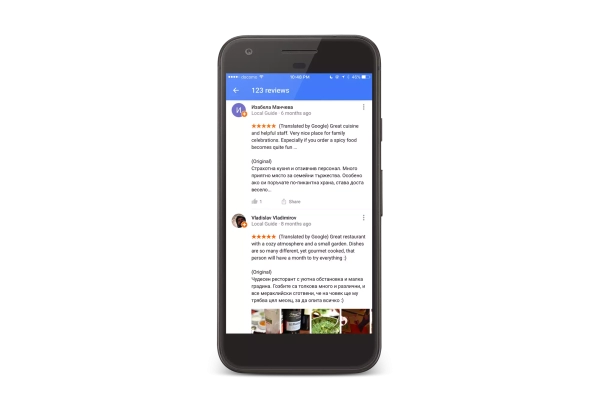
Pro Tip: Incentivize native speakers to leave reviews by offering discounts or loyalty rewards.
4. Local Payment Methods
Did you know PayPal initially struggled in Japan because it didn’t support a popular local payment method called “Konbini”?
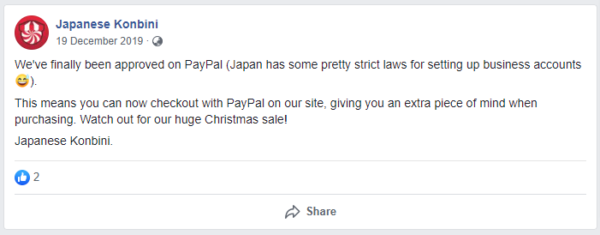
Well, customers feel more at ease when they see familiar payment methods. So try to partner with local banks and payment processors to ensure you offer the most trusted and convenient payment options.
In India, for example, including payment gateways like UPI (Unified Payments Interface) can significantly boost conversions.
5. Linguistic SEO Mastery
This is a grave mistake that many digital marketing mavericks make. They simply translate keywords and expect them to bring in traffic. However, what you actually need to do is research region-specific search terms.
You can use tools like Google’s Keyword Planner to uncover the phrases locals actually use when searching for your products or services.
6. Dynamic Date and Time Displays
Microsoft Azure faced backlash when it displayed time zones incorrectly in its Outlook app, causing scheduling errors for users worldwide.
This makes it clear why displaying dates and times accurately is essential to avoid such problems.
While Americans are accustomed to MM/DD/YYYY, Europeans typically prefer DD/MM/YYYY. It’s a small change, but it shows that you’ve paid attention to the details.
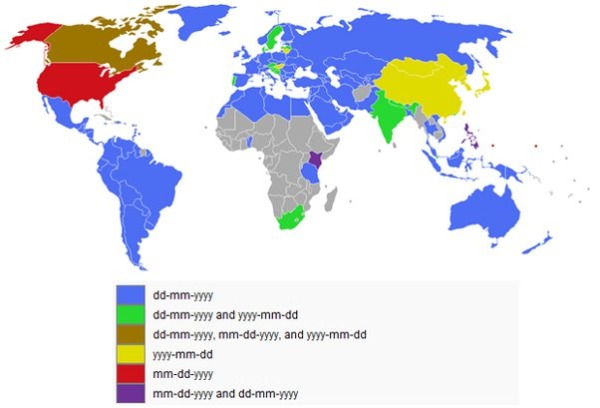
You may also want to use time zone detection or let users manually select their time zone.
7. Geo-Targeted Pricing
Adjusting prices for local taxes and market conditions is crucial.
But isn’t just about changing the Dollar sign to Pounds or Euros or other currencies.
So it is important to display the right prices in the local currency and account for taxes and import duties. It not only simplifies the purchasing process but also reduces cart abandonment rates.
8. Multilingual Chat Support
How would you feel if you were stuck with something on a site and had to struggle some more to get chat support in a language you don’t understand?
Don’t let your users go through that.
Implement chatbots or live chat support in multiple languages so that visitors can get real-time assistance without language barriers
A good example of this is Airbnb. The platform provides support in 62 languages, which makes them equally loved and preferred worldwide.
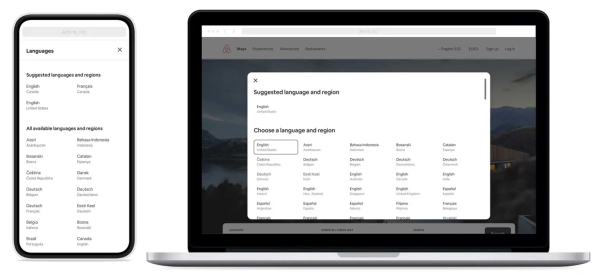
9. Celebrate Local Holidays
Acknowledge and celebrate local holidays and events on your website. Offer special promotions, create themed content, or simply send warm wishes.
Coca-Cola does it really well. During holidays like Christmas, they create themed campaigns worldwide.

This fosters a sense of belonging and doesn’t make Coca-Cola sound like a foreign brand.
Important: Research and respect the cultural significance of local holidays to ensure your campaigns are well-received.
10. User-Generated Localization
Your customers can play an important role in helping you localize your website. How?
Just like how Wikipedia relies on user-generated translations to provide content in hundreds of languages.
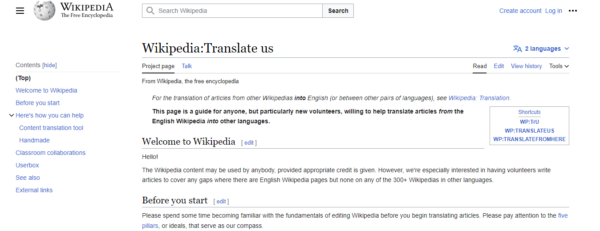
Similarly, you can encourage your international customers to contribute translations, reviews, or even culturally relevant content to enhance your website’s authenticity.
You can also run contests or reward programs to incentivize user participation in the localization process.
Getting Started With Website Localization
Now that you understand why website localization is important and the top website localization strategies, it’s time to take action.
However, for the best results, consider partnering with a website development and design company that has experience in your target market and thoroughly understands your audience. Their expertise will ensure that your website localization efforts are not just effective but also tailored to meet the specific needs and preferences of your global audience.
This step can make all the difference in your journey to successfully reach and engage with customers around the world.


